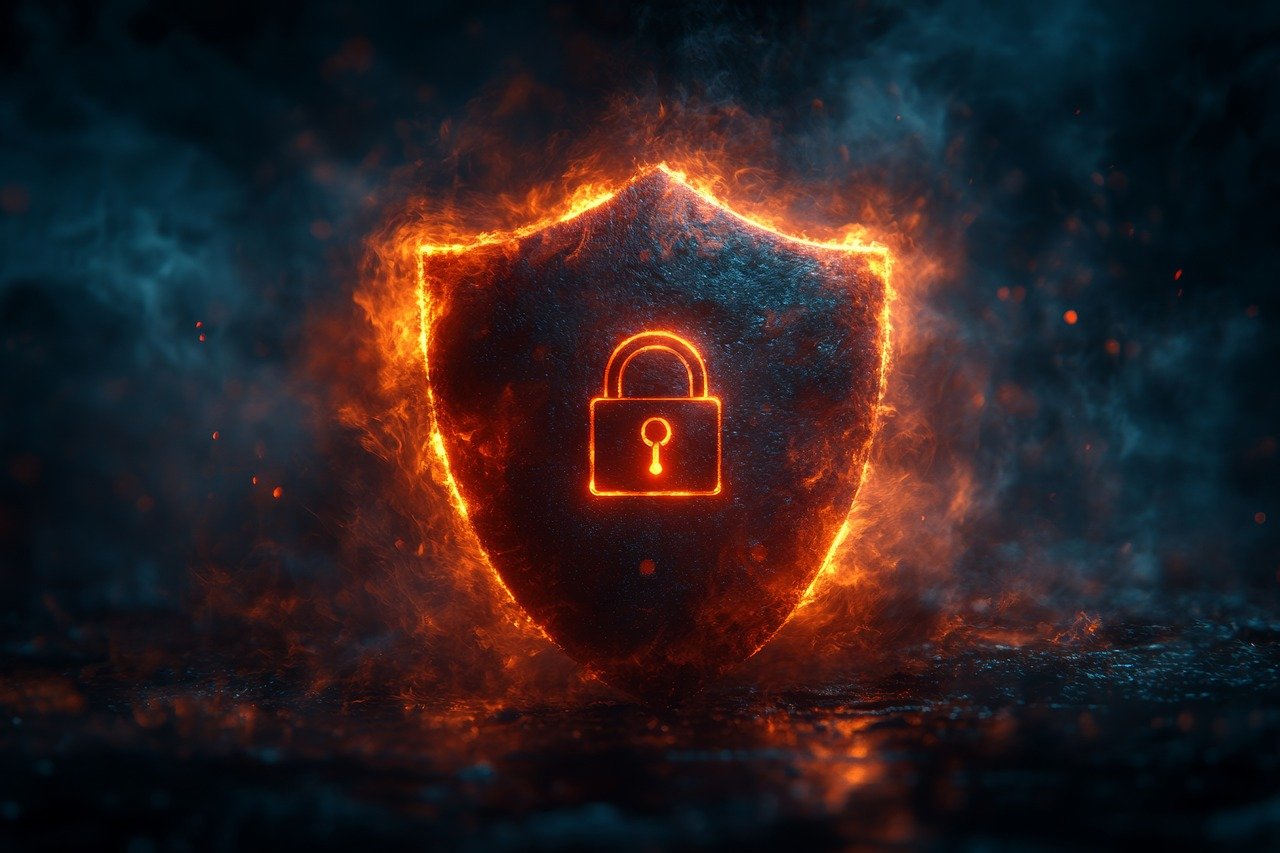
A recent wave of cyberespionage has exposed the vulnerabilities of U.S. telecommunications networks. Dubbed "Salt Typhoon" by Microsoft, this campaign, attributed to Chinese hackers, infiltrated at least eight major telecommunications companies, including AT&T and Verizon. Officials believe these breaches granted hackers access to vast amounts of sensitive data, from call records and live communications to systems intended to safeguard legal wiretaps. Anne Neuberger, deputy national security adviser for cyber and emerging technology, emphasized that the attack highlighted critical cybersecurity gaps that must be addressed to prevent ongoing risks.
Telecommunications is the backbone of modern life. Every call, text, and internet connection relies on these networks, making them a lucrative target for state-sponsored attackers seeking intelligence or disruptive capabilities. "Telecom networks serve as critical digital highways for personal, corporate, and governmental communications," said Kern Smith, vice president of Americas at Zimperium. He added that attacks like Salt Typhoon leverage “systemic vulnerabilities that bypass individual endpoint defenses and create cascading risks for devices, apps, and users.”
While experts have long warned of such risks, the full magnitude of this breach was initially underestimated. What seemed like a limited infiltration now stands as one of the most expansive intelligence compromises in recent memory. The breach has impacted dozens of countries worldwide, amplifying its global significance.
Details and Implications for U.S. National Security
The Salt Typhoon campaign used a blend of advanced tools and persistence to infiltrate telecom systems, exploiting backend vulnerabilities to gain unauthorized access. This allowed hackers to extract bulk phone records, live call content, and text messages, focusing on politically significant targets in Washington, D.C. By zeroing in on high-value individuals, the attackers aimed to gather intelligence that could influence strategic decisions and further state-sponsored objectives.
These espionage activities grant adversaries valuable geopolitical and economic leverage by mapping networks, identifying key individuals for exploitation, and accessing systems designed to facilitate legal surveillance under the Communications Assistance for Law Enforcement Act (CALEA). By potentially compromising classified court orders, this breach threatens to disrupt intelligence operations and increase the risk of foreign influence at the highest levels of governance. Such activities not only undermine national security but also erode public trust in critical infrastructure systems.
The Broader Cybersecurity Landscape
The Salt Typhoon attack reveals how legacy systems and supply chain vulnerabilities enable hackers to infiltrate telecom networks and evade detection. These weaknesses often leave interconnected systems exposed to persistent and sophisticated attacks, highlighting the need for supply chain security improvements.
"Although this attack was targeted at the backend of a telco, and not affecting mobile endpoints directly, it highlights the value of targeting data related to mobile devices, which can then be used as a 'springboard' to more targeted attacks,” said Nico Chiaraviglio, chief scientist at Zimperium.
This breach’s lessons extend beyond the telecom sector. Industries must adopt proactive defenses, including real-time threat detection, regular audits, and supply chain hardening. Robust cybersecurity measures are essential for protecting critical infrastructure in an increasingly interconnected world.
Recommended Defensive Measures
Officials stress the importance of adopting encrypted communication tools, regular system updates, and multi-factor authentication to enhance personal and organizational cybersecurity. For instance, end-to-end encryption ensures that even intercepted data remains unreadable, significantly reducing its value to hackers. Additionally, automated software updates can address newly discovered vulnerabilities before they are exploited, a crucial measure given the persistent and evolving nature of these threats. Public-private collaboration is equally vital. Joint initiatives, such as shared threat intelligence platforms and coordinated response protocols, can provide a more unified and effective defense against cyberattacks targeting critical infrastructure.
The Global Context
The Salt Typhoon breach fits into a broader trend of state-sponsored cyber activities targeting global infrastructure. Beyond its immediate impacts, it reflects the increasingly blurred lines between cyber espionage and outright digital warfare. As attackers refine their tools, these activities serve not only intelligence-gathering purposes but also as potential precursors to disruptive actions that could destabilize economies or compromise national security.
This breach underscores the urgency for countries to defend against evolving threats and develop forward-looking strategies to counteract emerging cyber tactics. Coordinated global efforts, such as international agreements on cybersecurity standards, are essential to protect interconnected systems across borders.
Securing the Future
The Salt Typhoon breach underscores the need for vigilance at all levels: individual, organizational, and governmental. Strengthening cybersecurity through updated policies, investment in infrastructure, and public-private partnerships is crucial to reducing future risks. For individuals, adopting practices like using encrypted apps and multi-factor authentication can significantly enhance personal security. Organizations must integrate real-time threat monitoring and robust endpoint defenses to minimize vulnerabilities. On a larger scale, government agencies should incentivize cybersecurity research and foster global cooperation to address transnational threats effectively. Together, these efforts can create a cohesive and proactive defense strategy.
A Warning and a Way Forward
The Salt Typhoon breach is a stark reminder of the vulnerabilities within the systems that connect our world. The long-term impact of this incident will challenge trust in telecommunications networks and raise the stakes for securing critical infrastructure. As the telecom industry innovates with technologies like 5G, the balance between progress and protection has never been more important.
This breach also serves as a warning. Geopolitical tensions are driving cyber warfare to new heights, with state-sponsored hackers refining their methods to target the systems that underpin economies and national security. To counter these threats, the U.S. and its allies must remain vigilant, adaptive, and unified in defending against the invisible battles of the digital age.